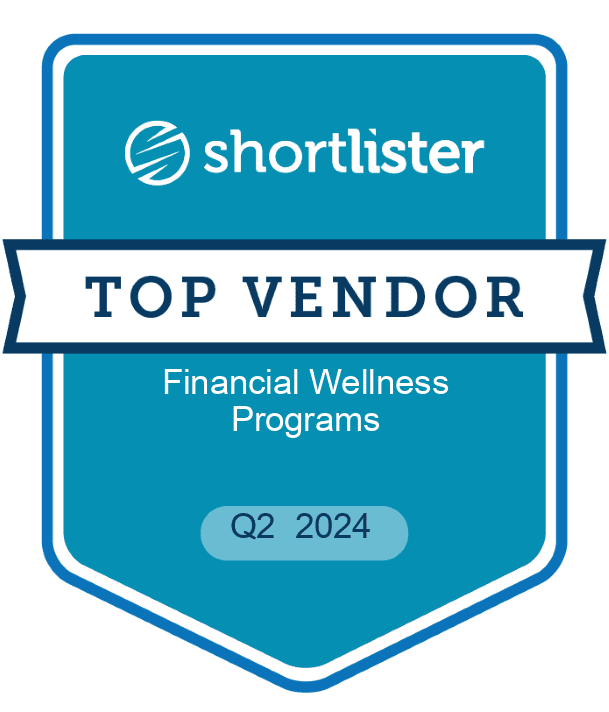Open Enrollment Considerations for Couples
If you have a working spouse or domestic partner, you will want to be sure that you are both maximizing your individual employer benefit packages. This article provides some questions to ask and issues to consider...

For many employees, open enrollment can be a very stressful time of the year. Knowing that you are making the right choices takes time and research. If you have a working spouse or domestic partner, you will want to be sure that you are both maximizing your individual employer benefit packages. Plans can change each year, so be sure you understand the programs being offered and how any changes might impact your household. This article provides some questions to ask and issues to consider when it’s open enrollment time.
One of the largest annual expenses for many households is the cost of healthcare coverage and health-related costs throughout the year. If both of you have access to employer-sponsored healthcare benefits, you will want to consider what makes the most sense for your household. There may also be life insurance, dental, vision, and other coverages such as disability insurance to consider as a couple.
With healthcare, there are generally three options if both employees have coverage available:
- Each of you selects your own employer’s plan
- Everyone on one plan
- Dual coverage, which is usually the most expensive option
Dual coverage can be complicated because one plan will be designated as the primary insurer, and one is the secondary. The plans may have different provider networks in which specific costs may not be covered. If you have children, you will also want to consider which option provides the best coverage for the cost, for the entire household, which could mean putting everyone on the same plan or one parent enrolling the children on their plan.
Some questions to ask:
- Are there any changes to the amount or type of employer benefits this year?
- Does your plan require an additional cost for a working spouse or domestic partner to be on your plan if the spouse or domestic partner has coverage available through their employer?
- What are the healthcare needs and costs for your household?
Employers differ in their contributions toward premiums, so it is important to compare the net costs and types of coverage being offered by each employer. Consider deductibles and premiums. What is the maximum out-of-pocket expense under the options available?
Is the employer paying a significant portion of the premium or offering a contribution or reimbursement? Are you considering a High Deductible Health Plan with a Health Savings Account? How will limits for a Health Savings Account be impacted by your elections? Many employers have a guided tool to help you determine the best type of coverage and the allowable contribution limits based on your utilization and expected healthcare needs.
When does the election become effective?
Companies can choose when to hold Open Enrollment and when the effective date begins. You will want to know whether the options you are considering with your partner have the same effective date or may be at a completely different time of the year. When is the open enrollment period as well as the effective date for your partner’s plan? Once you make an election, you are generally locked in for the year unless you have a qualifying event such as the birth of a child or if one of you leaves your employer.
Which benefits are available to my household members?
Other voluntary employer benefits like life insurance may allow you to cover your spouse or domestic partner or even children up to a specific limit. Be sure to compare the costs of each employer’s plan.
What are the average expenses for dental and vision care?
Beyond healthcare, many employers offer dental coverage, vision coverage, or other benefits that may be available to just the employee or to the entire household. Estimate your expected costs for the year and find out what is covered under each plan.
What short or long-term disability insurance is available in case you experience being out of work for an extended period due to an illness or injury?
Having a portion of your income replaced by disability insurance can be a significant help in reducing a financial burden in the absence of income for a short or long-term timeframe.
When does it make sense to consider Health Savings Accounts and Flexible Spending Accounts?
Because many decisions that are made at open enrollment time may have tax implications, it makes sense to pay attention to any potential tax relief options like Health Savings Accounts (HSAs) and Flexible Spending Accounts (FSAs) for medical or dependent care expenses. Be sure that you understand how these elections might affect your specific tax situation. Saving for qualified medical expenses on a pre-tax basis can save hundreds or even thousands of dollars, depending on your individual circumstances. Health Savings Accounts allow you to roll over any unused balances for the year, but Flexible Spending Accounts have a “use it or lose it” rule with some exceptions. There may be a grace period offered, or you may be able to roll a specific amount into the next plan year, but it is up to the employer to establish the rules. Be sure that you understand the rules and regulations.
How can you get additional help?
If you need help with your open enrollment decisions, talk with a Money Coach who can help guide you through the process, and be sure that you make an informed decision.
Information provided in this article is for informational purposes only and is not intended to offer specific personalized investment, financial planning, tax, legal, or accounting advice. We recommend that you consult an attorney, tax advisor, or accountant regarding your unique circumstances.
More Like This
If you’re stressed about market volatility, open enrollment decisions, or the financial strain of the holiday season, tune in to this Trending Topics segment.
Whether you’re a seasoned employee or new to the workforce, here are some key factors to remember during open enrollment to maximize your benefits and protect your well-being.
Open enrollment season is underway! With such a variety of benefit options, it can get confusing. For some benefits, this is the only time when you can add, change, or drop coverage – unless you have a qualifying life event such as marriage, divorce, or birth of a child. Below are some things to keep […]
You’ve dipped your toes in the investment pool, and now you’re ready to dive in. Or maybe you’ve been swimming laps for a while. Before you move forward, put some time and effort into creating or reviewing your investment strategy. More specifically, consider these four factors, and how they might need to be altered for […]


